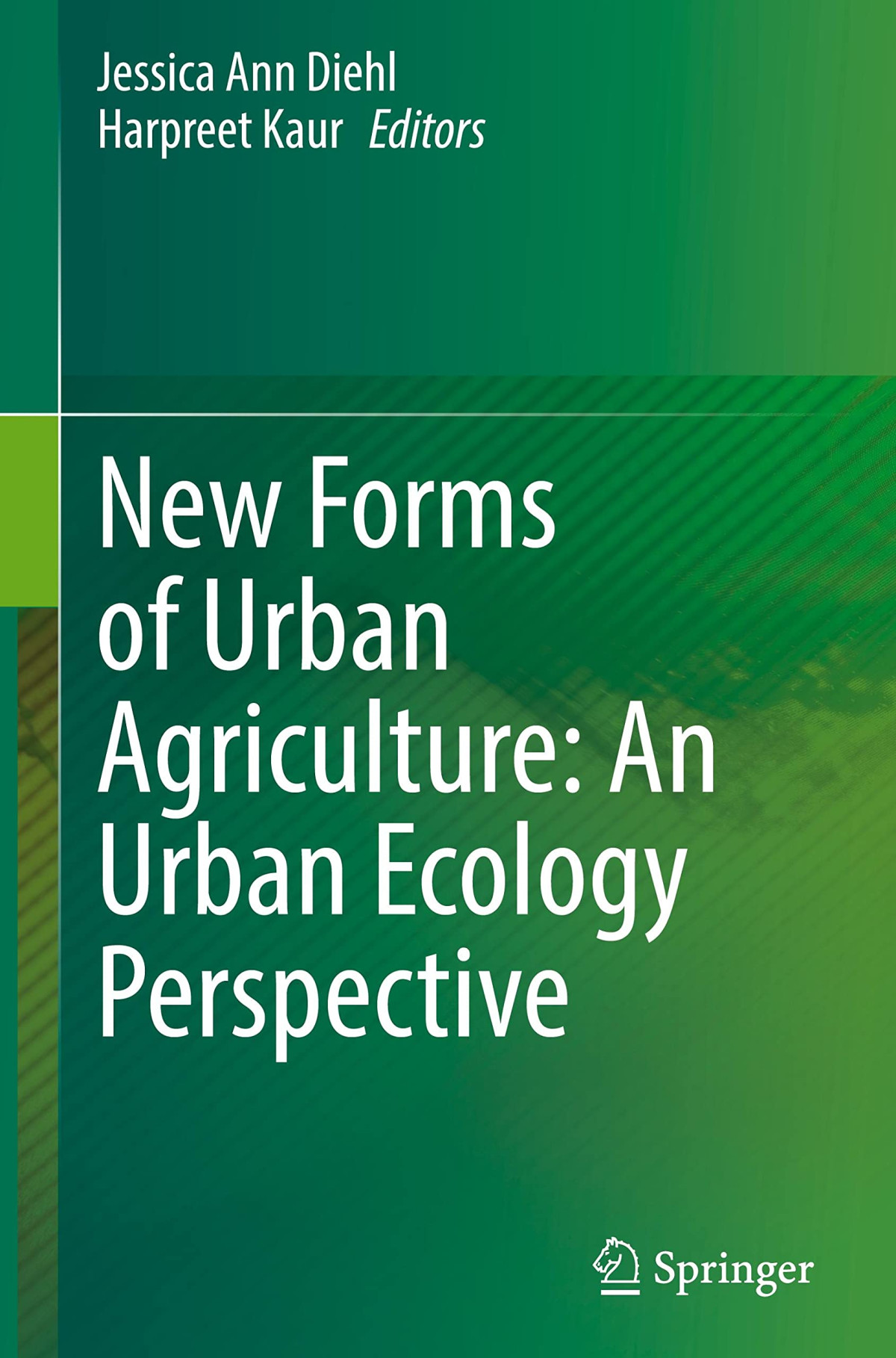

Most ebook files are in PDF format, so you can easily read them using various software such as Foxit Reader or directly on the Google Chrome browser.
Some ebook files are released by publishers in other formats such as .awz, .mobi, .epub, .fb2, etc. You may need to install specific software to read these formats on mobile/PC, such as Calibre.
Please read the tutorial at this link: https://ebookbell.com/faq
We offer FREE conversion to the popular formats you request; however, this may take some time. Therefore, right after payment, please email us, and we will try to provide the service as quickly as possible.
For some exceptional file formats or broken links (if any), please refrain from opening any disputes. Instead, email us first, and we will try to assist within a maximum of 6 hours.
EbookBell Team

4.4
12 reviewsEating locally and developing an urban-rural food continuum is a rapidly evolving movement. Integration of multi-functional forms of agriculture ― termed New Forms of Urban Agriculture (NFUA) ― could be a critical adaptation to strengthen this movement and for the sustainability of cities. While NFUA have the potential to provide diverse benefits to humans, there is an absence of reliable empirical data on the scale and impact of urban resources on NFUA which has a profound impact on its viability and sustainability. In this book, we shift the focus from how NFUA have potential to impact the urban system to investigate the potentialimpacts of urban resources on NFUA. Access to resources such as land, labour, clean water, etc. are major barriers to enter the agriculture sector in the cities; the chapters in this book present projects or reviews recent research on the subject from different cities in the world. This edited volume offers critical perspectives from diverse disciplines, expertise, and geographic contexts related to the actual and potential role of urban and peri-urban agriculture in the developing and the developed world where forms, adaptations, and debates around NFUA vary distinctively. Using and urban ecology lens, the book provides empirical evidence of how urban resources of land, water/waste, labour, and biodiversity impact NFUA.